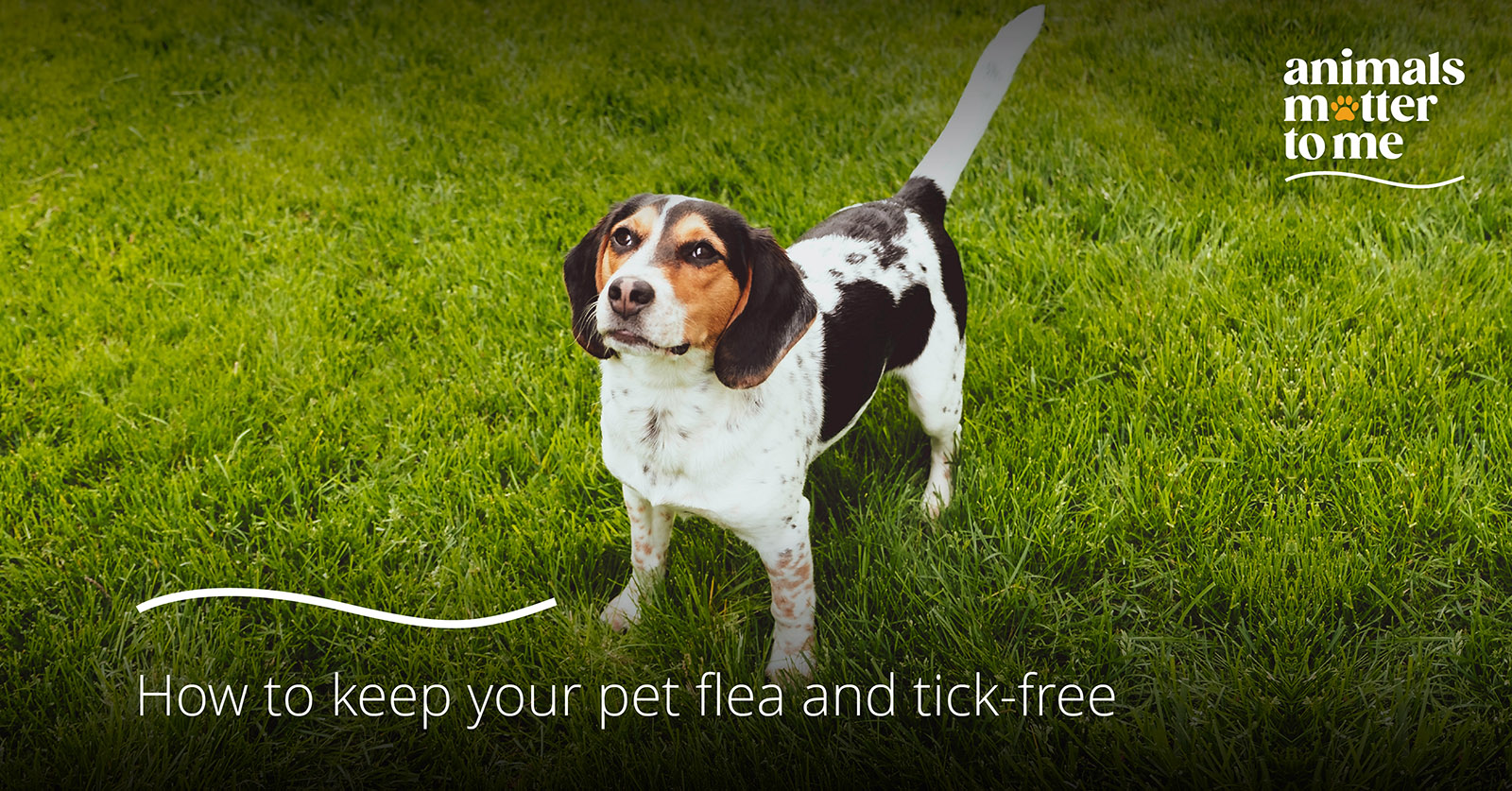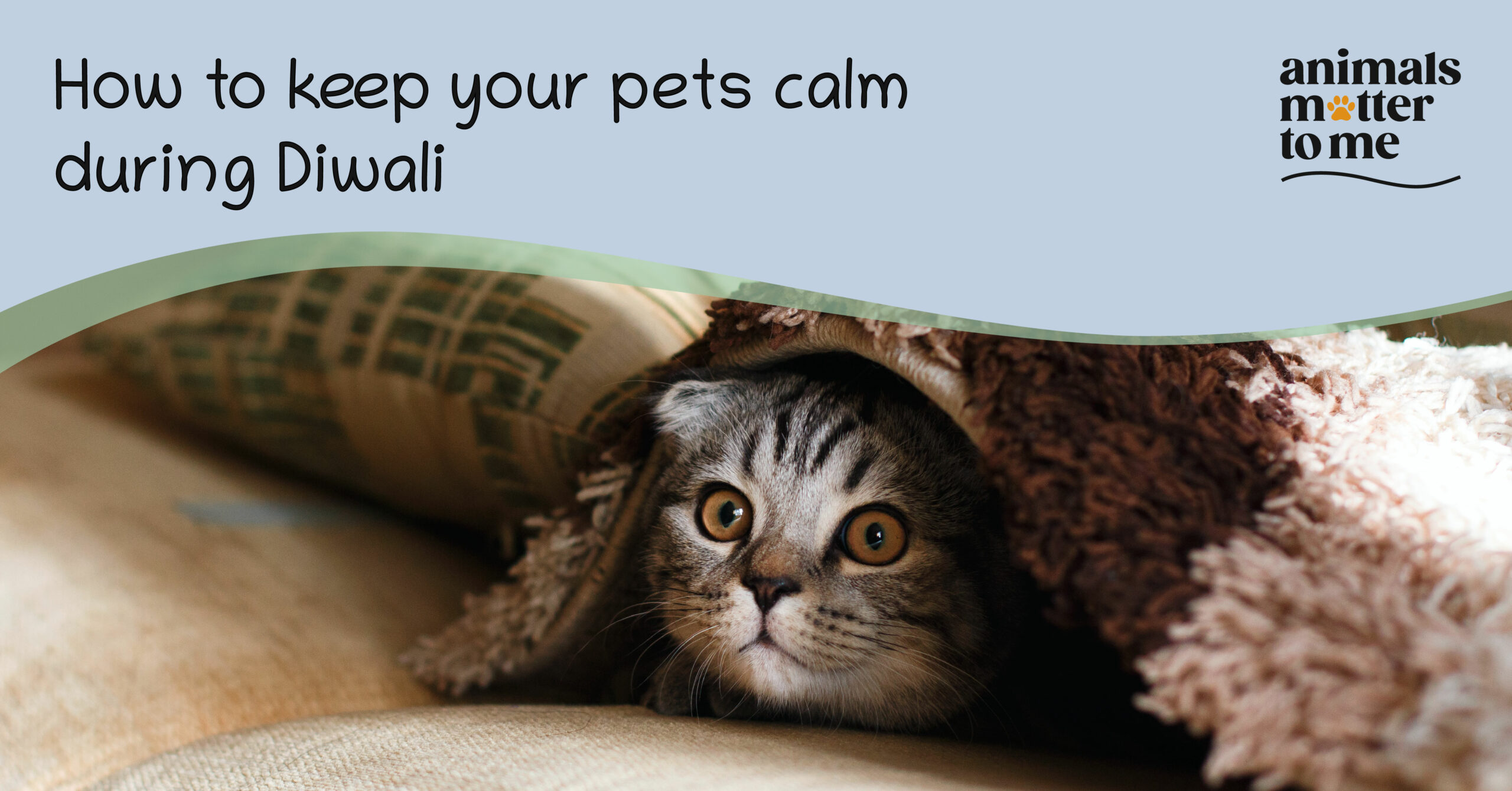As pet owners, we want our furry friends to be happy and healthy, and part of that is keeping them safe from fleas and ticks. These tiny parasites can cause a lot of discomfort as well as transmit diseases. Fortunately, there are many ways to prevent fleas and ticks from infesting your pet. Here are some tips to help you keep your pet flea and tick-free.
- Use a flea and tick preventative medication
There are many different types of flea and tick medications available in the market, including oral medications, topical treatments, and collars. Speak to your vet to determine which type of medication is best for your pet based on their age, weight, and overall health. - Do not use canine medication for felines
Don’t use flea and tick preventives meant for dogs on your cats and vice versa. Some of these products contain harmful ingredients that can cause serious reactions. The labels on these products will indicate the approved species, so make sure to use them only as directed. - Keep your pet’s environment clean
Fleas and ticks can live in your pet’s environment, including your home and garden. Regularly vacuum your carpets and upholstery, wash your pet’s bedding, and keep your garden trimmed to minimise hiding spots for fleas and ticks. - Check your pet for fleas and ticks regularly
Even if your pet is on preventative medication, it’s still important to check them regularly for fleas and ticks. Run your hands over their entire body, paying close attention to their skin, especially the ears and under their legs if you have taken them to places that have heavy brush, tall grasses, and decomposed leaves. Ticks are more likely to thrive in warm, damp environments. They can transmit diseases, such as Lyme disease, within 24 hours of attachment, so it is crucial to remove them as soon as possible. Be sure to inspect your pet after going on long hikes in densely wooded areas or after they have spent time playing outside. If you discover a tick on your pet, watch out for any changes in behaviour, like loss of appetite, limping, or tiredness. - Groom your pet regularly
Spending time grooming your pet is not only an opportunity for bonding but also a chance to check for any external parasites that might be hiding beneath their fur. - Use natural remediesThere are many natural remedies that can help to repel fleas and ticks, such as essential oils like cedarwood, lavender, and peppermint. However, be cautious when using these remedies, as some essential oils can be toxic to pets especially when they are not diluted properly or administered incorrectly. Always speak to your vet before using any natural remedies on your pet.
- Use flea and tick preventatives on your home and garden
In addition to treating your pet, it’s important to also treat your home and garden to prevent fleas and ticks from infesting your pet. Use a flea and tick spray on your carpets, furniture, and baseboards, and treat your garden with a flea and tick repellent. - Avoid areas where fleas and ticks are common
Fleas and ticks are more common in certain areas, such as wooded areas or places with tall grass. Avoid these areas if possible, or keep your pet on a leash and stay on the trail to minimise their exposure to fleas and ticks. - Get regular check-ups done
Regular wellness checkups are key to finding an effective parasite prevention program and monitoring the effectiveness of your pet’s current program. If your pet is exhibiting symptoms of parasites, such as flea-induced itching, or if you are regularly discovering ticks on your pet, we advise scheduling an appointment with our vet immediately.




